Get Ready for Warmer Weather With These 6 Tips
You may know about “winterizing” your vehicle, but do you “summer-ize” your vehicle? Summertime is here, and that means summer vacations and summer travel season. But long drives, especially in extreme heat, can be rough on your vehicle. Before you hit the road for your favorite summer destinations, check out this list of maintenance suggestions over the next few days.
- Maintain your air conditioning. The most common cause of a malfunctioning air conditioning unit is a low level of refrigerant. This could be caused by a leak in the system. Since modern AC systems are complex, it’s best to have a professional check out the problem.
- Clean your battery. Dead batteries are fairly common during the winter months. But the hot summer months are tough on your battery, too. Summer heat can speed up the chemical reaction inside a battery, causing the battery to be overcharged. This significantly reduces battery life. Regularly detach the battery cables and wipe off the terminals. Make sure that the battery is strapped down tightly and that all connections are secure. If you need to replace your battery, make sure it is the right battery type for your specific vehicle.
- Check the coolant and radiator. Cars are designed to run pretty hot, but there is a limit to just how hot they should run. If an engine is allowed to get too hot, moving metal parts can actually start to melt and fuse together, causing a variety of engine problems.
- Tires also need special care in warmer weather as high temperatures put added stress on them. To maximize tire life and safety, check the tire condition and inflation pressure monthly, and have the tires rotated every 6,000 miles. Summer heat will cause the pressure within a tire to rise, therefore, it’s important to check the pressure when tires are cold. The owner’s manual includes the recommended air pressure for your vehicle’s tires.
- Get a Car Wash. Winter takes a toll on every part of your car — everything from your brake lines to your engine gets blasted by a constant barrage of salt, ice, water, sand, and general filth. Interiors become filled with dirt and tracked-in grime. Do yourself a favor and clean your car top to bottom, inside and out. Use good, high-quality cleansers and high-pressure water on the outside to get rid of salt and trapped sand, and be sure to hit the wheel wells and underbody. Clean all that junk out of the trunk and remove litter from under the seats. Vacuum and wash the funk-filled carpets and clean the inside of the windows, which have undoubtedly been smudged when the defroster couldn’t keep up and you used your hands to carve out a peephole. Also take time to properly wash and treat the engine bay. It may sound unnecessary, but it’s much easier to diagnose leaks or aging parts when everything is clean.
- Check Your Oil. Pull out your car’s dipstick and check the level and color of the oil — if it’s still a pleasant shade of amber and meets the fill mark, you’re fine. If it’s amber but low, top it off. If it’s black and nasty, change it ASAP. Regular oil should last 3000-5000 miles with no problem; synthetics should go for 5000-6000 miles between changes. (Both of these are general guidelines and vary with driving style and climate.)


